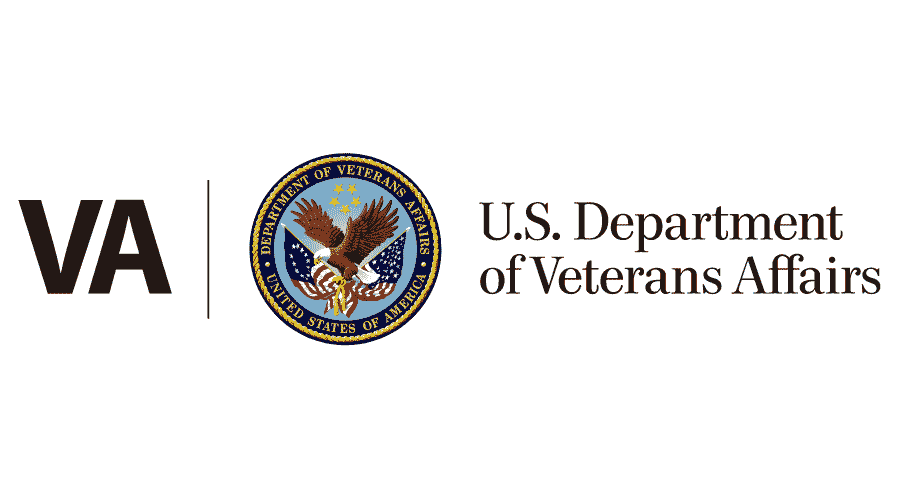Veteran PTSD Research Study
Researchers are looking for veterans experiencing PTSD symptoms who have tried other methods, such as psychotherapy or medication management, either without enough benefits or who could not tolerate the treatment, to test the effectiveness of a different treatment.

Fast Facts

Veterans
Ages 18-80

Experiencing PTSD Symptoms

Compensation Provided

Multiple Locations Available
Study Information
Efficacy and Safety of Stellate Ganglion Block (SGB) for Post-traumatic Stress Disorder in Veterans
The stellate ganglion is a collection of nerves in the neck that help regulate the body’s fight or flight response. Stellate Ganglion Block (SGB) is a procedure where local anesthetic is placed around the stellate ganglion to temporarily “block” (or dampen) the fight or flight response. This research is being conducted to learn more about the usefulness, durability, and safety of SGB for PTSD.
SGB has been used for decades to treat pain and heart conditions and is currently being investigated as a way to reduce symptoms associated with PTSD. Small studies have shown SGB may provide some ease and relief from PTSD symptoms; this study is larger and more comprehensive.
If you are a Veteran who has previously tried traditional treatment for PTSD, such as trauma-focused psychotherapy or medication, and you are seeking additional treatment, you may be eligible to participate in this two-phase study. During Phase I, you could be assigned to receive SGB, a placebo, or be placed on a waitlist. During Phase II, all eligible participants will be offered the SGB procedure.
Findings from this study may eventually be useful for treating PTSD and improving the quality of life for Veterans like you.
Study Sites:
- Long Beach, CA
- Salt Lake City, UT
- Minneapolis, MN
- Madison, WI
- Tampa, FL
- White River Junction, VT

Study Information
Efficacy and Safety of Stellate Ganglion Block for Post-traumatic Stress Disorder in Veterans

The stellate ganglion is a collection of nerves in the neck that help regulate the body’s fight or flight response. Stellate Ganglion Block (SGB) is a procedure where local anesthetic is placed around the stellate ganglion to temporarily “block” (or dampen) the fight or flight response. This research is being conducted to learn more about the usefulness, durability, and safety of SGB for PTSD.
SGB has been used for decades to treat pain and heart conditions and is currently being investigated as a way to reduce symptoms associated with PTSD. Small studies have shown SGB may provide some ease and relief from PTSD symptoms; this study is larger and more comprehensive.
If you are a U.S. Veteran who has previously tried traditional treatment for PTSD, such as trauma-focused psychotherapy and/or medication, and you are seeking additional treatment, you may be eligible to participate in this two-phase study. During Phase I, you could be assigned to receive SGB, a placebo, or be placed on a waitlist. During Phase II, all eligible participants will be offered the SGB procedure.
Findings from this study may eventually be useful for treating PTSD and improving quality of life for Veterans like you.
Study Sites:
- Long Beach, CA
- Salt Lake City, UT
- Minneapolis, MN
- Madison, WI
- Tampa, FL
- White River Junction, VT

Additional Information
By doing this study, we hope to determine the effectiveness and safety of Stellate Ganglion Block (SGB) for Post-traumatic stress disorder (PTSD) in Veterans.
You may qualify for a study if you meet the following criteria.
Inclusion Criteria:
- Veteran
- 18-80 years old
- Experiencing PTSD symptoms
- Haven’t had success with traditional treatments such as therapy or medication
- If applicable, taking stable doses of medication
Participation in the study lasts about 30 weeks. Once enrolled, the study involves:
- Eligibility:
- An in-person visit to evaluate eligibility and complete informed consent and questionnaires (1-2 hours)
- A phone assessment with a study psychologist to evaluate your mood and PTSD symptoms (up to 4 hours)
- Phase I:
You’ll be randomly assigned to one of three groups: the SGB group, the Placebo group, or the Waitlist Control group. In the SGB and Placebo groups, both you and the doctor will be blind as to which one you are receiving.
- The SGB group and Placebo group will have an in-person visit to complete their procedures. The Waitlist Control group will have no in-person visit at this time.
- Four telephone questionnaires at Weeks 1, 4, 8, and 12 (1-2 hours)
- An additional phone assessment at Week 8 (1-2 hours)
- Phase II: This is the open-label phase of the study. All eligible participants will be offered the SGB procedure.
- If you are eligible and you choose to, you will have another in-person visit for the procedure. If not, you will be asked to complete the questionnaires without the procedure.
- Four telephone questionnaires at Weeks 1, 4, 8, and 12 (1-2 hours)
- An additional phone assessment at Week 8 (1-2 hours)
Compensation up to $225 will be provided for participants’ time and effort.
There is no cost for you to participate in our research study. You will not be charged for any treatments or procedures that are part of the study.